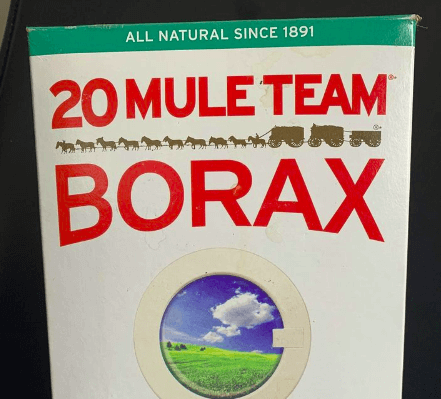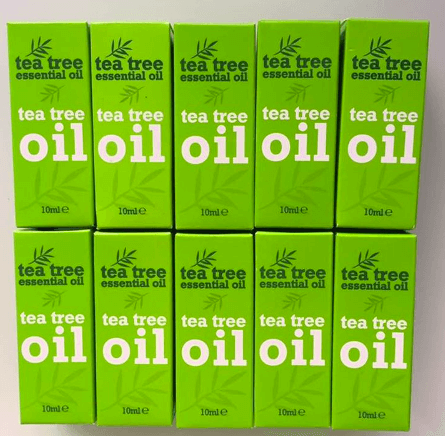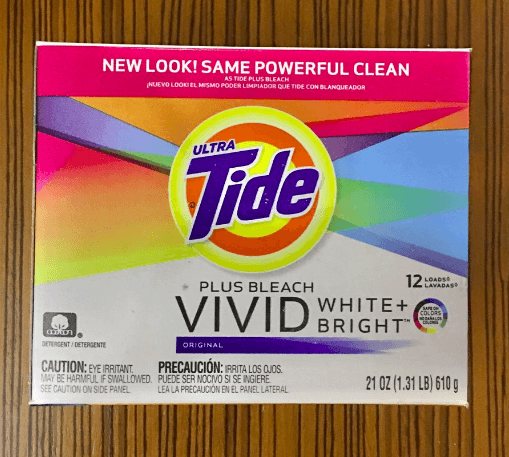Mildew infestation is something no one wants to deal with — it is a health hazard, smelly and dangerous. Mildew is formed due to mold and fungi growth in damp places. They grow on clothes, garment bags, dresser drawers, and spaces behind closets.
There are two different ways you can go about this first; buying over-the-counter solutions or using homemade ingredients — like table salt and lemon. You can combine lemon juice and salt until it becomes a paste, then rub it on the affected area, or you can dry the cloth in the sun.
This article explores all your options, from DIY methods to over-the-counter solutions, hand washing, or washer.
10 Ways to Get Mildew Out Of Clothes
You don’t need a professional service to remove this annoying stain; you can remove the stain with regular household items. Here are ten tips for you to choose from.
Wash It Off With Detergent
Washing is a great way to get rid of mildew, especially if it is not yet out of control. Properly washing and drying the cloth can kill most fungi species, especially when exposed to water over 140 degrees Fahrenheit. Luckily, many washing machines, by default, have a “hot washing mode” that will help you reach that temperature.
Before you wash, separate the infected clothes because spores spread, so mixing moldy garments with clean ones will spread.
Turn your washing to the hottest mode, but ensure that your pick’s temperature will not damage the fabric. Regular laundry detergent is good enough.
You can also add vinegar, bleach, or borax, but just detergent is enough in most cases.
Wash the clothes for about two complete cycles and dry, preferably with the natural sun.
Apply Borax

Borax is an excellent option for removing mold; the substance has been around for nearly four centuries and is used for different things, including laundry. Once mixed with water, the solution becomes hydrogen peroxide, an efficient fungicide.
Not only is a borax solution a great mold remover, but it also serves as an herbicide, disinfectant, and insecticide. Also, it helps with eliminating the bad smell. This comes in handy when trying to remove smelly bacteria.
Getting the perfect borax and water mixture is not instant; it requires a lot of stirring.
Here’s how to go about it, pour a cup of borax and blend it with hot water. Stir the content until there are no particles. You can either use plain borax or detergent that contains borax. Once the mixture is prepared, soak your cloth for thirty minutes before washing.
Mix Baking Soda and Vinegar
The mixture of soda and vinegar works like magic. Vinegar is a natural antimicrobial and antifungal that’s why it is a natural solution for removing molds.
On the other hand, baking soda help modify the cloth pH level; this will, in turn, remove smell and absorb moisture. As a result, a soda and vinegar mixture will remove the mold and leave your cloth in perfect condition.
Applying this mixture is simple, add a cup of white vinegar to the machine and a cup of baking soda.
Use Tea Tree Oil

Applying tea tree oil is also very effective in removing fungus and mold from your cloth. Although tea tree oil is expensive compared to other cleaning products, it is worth it.
You don’t need to pour the entire bottle; a drop is enough to remove the mold from your cloth. The quality of this essential oil varies from brand to brand, so it is also essential that you buy pure essential oil and not synthetic. The synthetic essential oil may leave stains on your cloth, no thanks to the additives used in making them.
Pour a teaspoon of tea tree oil into a cup of hot water, stir adequately and pour the mixture into a spray bottle. Spray on the cloth, both inside and outside. Allow the mixture to sink in for about 10 minutes before you wash.
If the mixture remains in the spray bottle, pour it into the bucket (if you are hand washing) or washer. If you don’t like the odor of tea tree oil, clove oil is a perfect alternative.
Hydrogen Peroxide

Hydrogen peroxide can also be used; it has been tested and trusted with excellent results in fighting fungus. Hydrogen peroxide is both a disinfectant and an antimicrobial.
You need to be very careful; make sure it is used in low dilution. What this means is three percent is enough to remove mold from clothes. Use as explained in the essential oil section.
Use Your Regular Brush and Detergent
Once there is a damp or moist space, mildew will grow. And unless you make a move to remove it, it will be there for a long time. With a brush and detergent, you can get rid of molds.
To apply this method, you need space. Consider doing it outdoors or in a well-ventilated room because spores can fly to another surface spreading the fungi from the cloth.
Soft bristles are a preferred option for brushing to avoid causing damage to the fabric. If the mold is within a small area, a toothbrush is a perfect choice. Remove as much mold as you can.
Soak the cloth in detergent or stain remover for about thirty minutes and wash.
Apply Bleach

Bleach is made from abrasive chemicals; this means that they are efficient in killing mold and allergens. However, bleach can only be used for non-porous surfaces; when mixed with borax, you have more options.
Mix a cup of bleach with water — you can find the bleach-to-water ratio in the instruction section of the bleach container. After mixing the bleach in a bowl of hot water, allow the solution to soak for a few hours before rinsing with enough water, then wash with detergent.
Dry Properly
This is more of a preventive method; if you ensure that your clothes dry correctly and store them in a dry place, you won’t have to deal with mildew. Once you take them out of your dryer, you either dry them in the dryer or take them outside; the longer you keep them wet, the more room you give for mold to grow.
Remember that molds grow in moist conditions due to not correctly washing them but also sweaty clothes, wet swimming clothes, and more. Once you notice a wet cloth, take them out to dry.
Use Prevention Spray
Prevention spray can be made from a mixture of water and tea tree oil; mix and put in a spray bottle. If you regularly spray it on your clothes, it is less likely to have mildew.
Pure Vinegar
Vinegar is enough to help you remove mold from clothes; part of its ingredients is acetic acid, which can kill different types of mold. This is an excellent choice because it is cheap, and there is a good chance that you already have it in your home.
Pour two cups of white vinegar into your washer, then wash with a hot water cycle; repeat the process if the stain doesn’t disappear.
Molds are stubborn and spread rapidly, so while removing them from your cloth, ensure it dries properly, then store in a dry place to avoid new growth.
